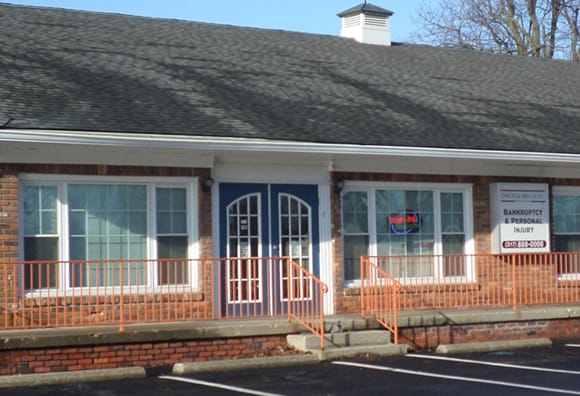Managing medical debt can be overwhelming, often leaving individuals feeling uncertain about how to get help. Fortunately, there are numerous resources available to alleviate the financial strain caused by these bills.
Knowing where to go for assistance is the first step to addressing your medical debt.
Contact your healthcare provider
To address medical debt, start by communicating with your healthcare provider. Many hospitals and medical facilities offer financial assistance programs or payment plans for patients facing financial hardship. Reach out to their billing department to discuss your situation and potential solutions.
Explore government assistance programs
Government programs such as Medicaid and Medicare provide healthcare coverage for eligible individuals with low incomes or disabilities. Additionally, some states offer assistance programs specifically designed to help with medical debt. Research the options available in your area and determine if you qualify for any assistance.
Negotiate with creditors
Do not hesitate to negotiate with creditors to lower your medical bills or arrange more manageable payment terms. Explain your financial circumstances and propose a payment plan that fits your budget. Many healthcare providers are willing to work with patients to find a mutually beneficial solution.
Seek nonprofit organizations
Several nonprofit organizations specialize in helping individuals struggling with medical debt. These organizations may provide financial assistance, negotiate with creditors on your behalf, or offer resources and guidance for managing medical expenses.
Consider debt consolidation
Consolidating medical debt into a single loan with a lower interest rate can make payments more manageable. Explore options for debt consolidation through banks, credit unions or reputable financial institutions.
By seeking assistance from various sources, you can effectively manage and reduce your medical debt burden.


